
.jpg) Al Qana development in Abu Dhabi makes extensive use of Spanish tiles.
Al Qana development in Abu Dhabi makes extensive use of Spanish tiles.
The region’s ceramic tile market is projected to grow at a compound annual growth rate (CAGR) of 7.9 per cent by 2028, according to Tile of Spain, which attributes this surge in demand to a growing awareness of the environmental impact of construction and a preference for sustainable materials in the GCC.
The UAE and Saudi Arabia are at the forefront of this movement, setting ambitious sustainability targets and investing in green initiatives. The UAE aims for net-zero emissions by 2050, while Saudi Arabia targets a 28 per cent reduction in carbon emissions by 2030.
Driven by a relentless pursuit of architectural excellence and sustainability, the region is witnessing a surge in the use of Spanish ceramic tiles, says Tile of Spain, which is the umbrella brand representing 125 ceramic tile manufacturers belonging to the Spanish Ceramic Tile Manufacturers’ Association (Ascer). These tiles, once admired simply for their beauty and craftsmanship, are now seen as crucial to reshaping the very fabric of design, luxury, and environmental responsibility, it adds.
Ceramic tiles are known for their durability, resistance, and low maintenance requirements. They can withstand extreme conditions without losing their aesthetic qualities.
Spanish ceramic tiles have already made a significant impact on the UAE’s tile market. The Al Qana development in Abu Dhabi, designed by Tony Abi Gebramel and Jacqueline Saad Abi Gebramel, exemplifies the potential of Spanish ceramic tiles. These tiles, crafted from sustainable materials, seamlessly blend traditional and modern aesthetics while minimising environmental impact. With smart energy systems and timeless design, the vibrant entertainment and leisure destination embodies responsible luxury, resonating with a region dedicated to achieving an equilibrium between progress and environmental stewardship, says Tile of Spain.
Al Qana’s dedication to its cultural heritage mirrors Spanish manufacturer Porcelanosa’s and Tile of Spain’s commitment to sustainability, it adds.
“Spanish ceramic tiles offer more than just beauty. They provide architects and designers with a versatile, durable, and sustainable material that can be used to create stunning and environmentally responsible buildings,” says a spokesman for Tile of Spain.
Tile of Spain offers a diverse range of quality products with creative diversity as well as customised solutions that meet the customer’s requirements.
With sustainability no longer considered a luxury, there is a tendency in the market to bring nature indoors, says Tile of Spain which has declared green as the latest trendsetter in colours.
According to the Home Trends Observatory, nature is increasingly seen as a refuge from the chaos of everyday life. Design trends are responding by incorporating natural elements like greenery and unrefined materials into living spaces.
“This reflects a growing desire to incorporate nature in living spaces through different materials and more natural features. The aim is to design healthier, more sustainable interiors in search for calmness and tranquility,” says the spokesman.
Green is associated with tranquility, nature, and escape. It evokes the comfort and security of the natural world, offering a welcome respite from urban life.
Handcrafted textures and finishes are also gaining popularity, evoking concepts like nature, renewability, and environmental consciousness. These finishes celebrate the inherent beauty of natural materials like stone, wood, and ceramic, with their uneven surfaces and deliberate flaws.
“Vibrant natural shades of green are adding a chic, distinctive touch to architecture of all kinds. From building facades to indoor walls and floors, green tiles guarantee a unique, modern look that stands out.
“To create spaces that inspire happiness and break away from conventional monotony, designers are using a mix of striking colours. Green pairs beautifully with neutrals like white or grey, as well as brighter options like orange or red, for eye-catching and unusual combinations,” the spokesman says.
Tiles featuring refreshing plant patterns can bring the invigorating energy of nature into the home. These patterns, with leaves, branches, and other vegetation, can boost well-being and reduce stress, especially in urban environments where contact with nature is limited, he adds.
Green ceramic tiles are not just for indoors. They can be used to create visually cohesive outdoor spaces, like patios, gardens, and pool areas. This seamless transition between indoors and outdoors strengthens the connection with nature.



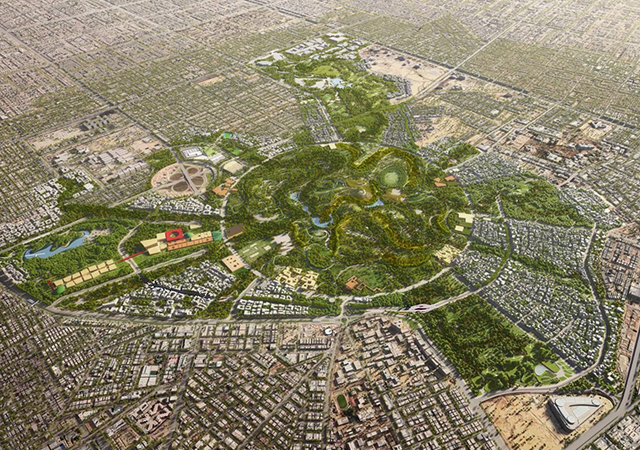





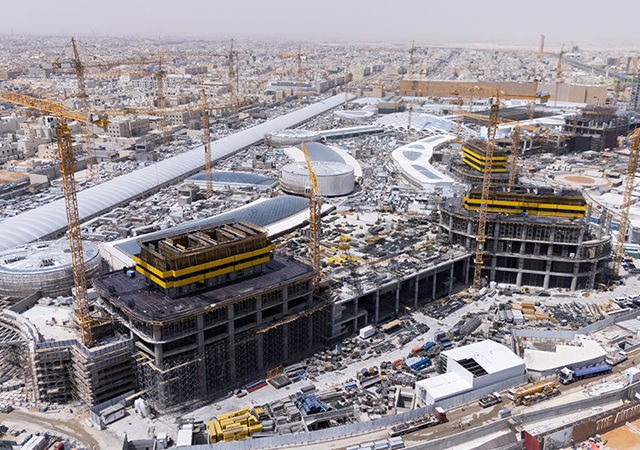
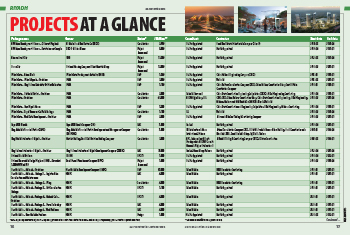


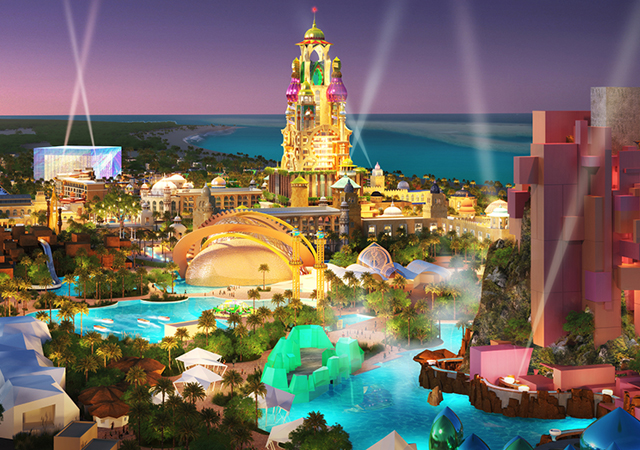
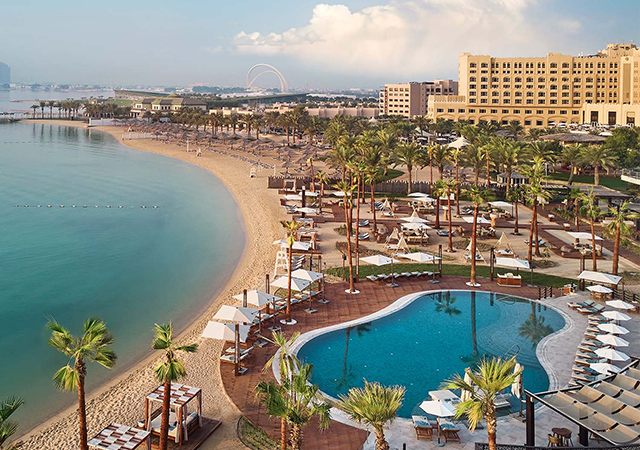

.jpg)

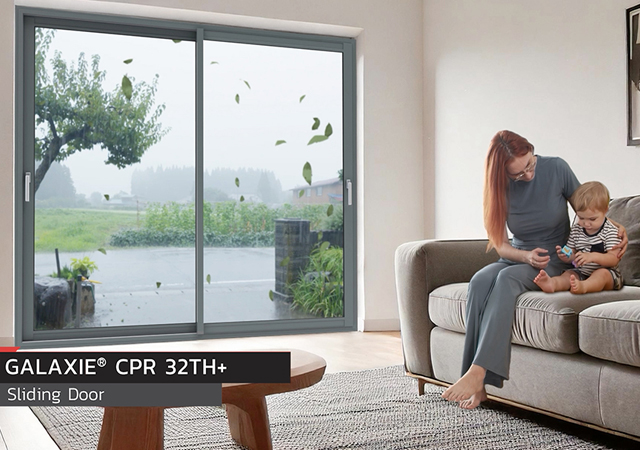
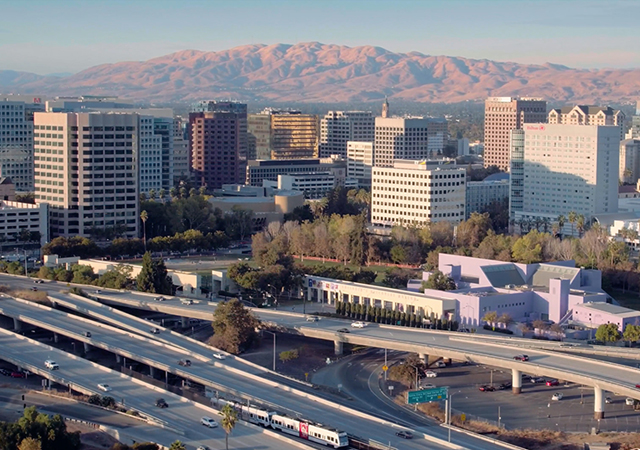


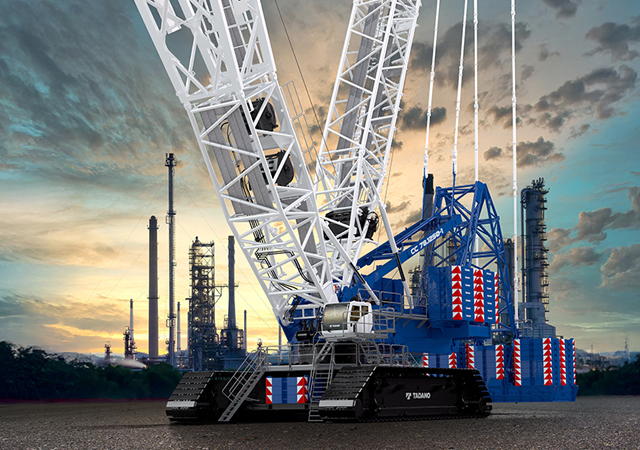



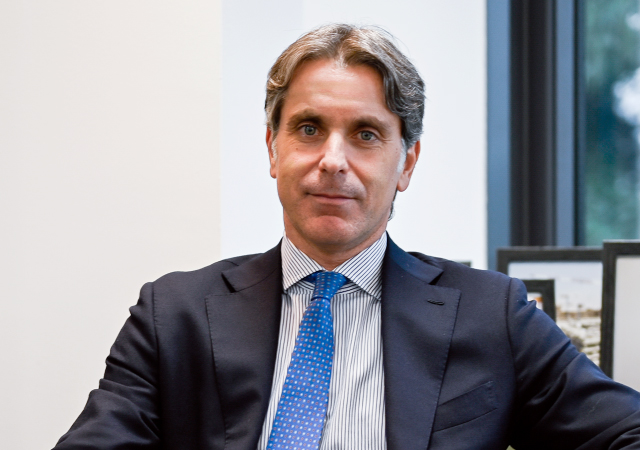









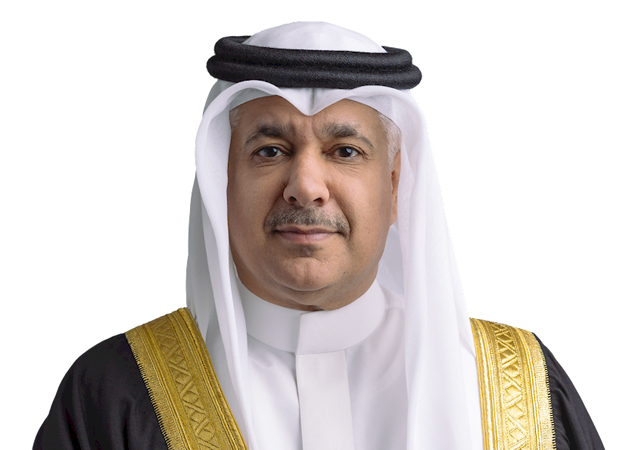



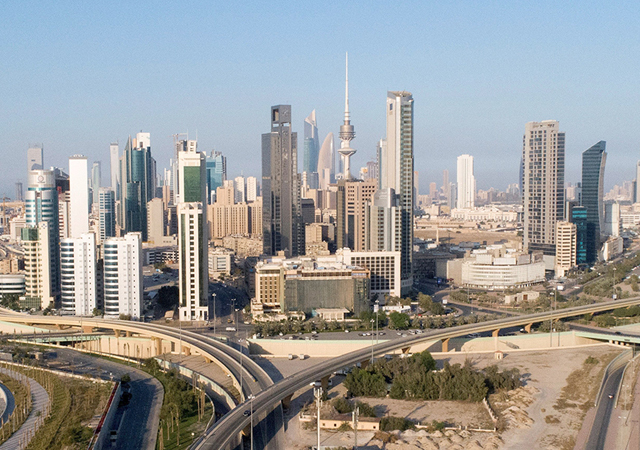





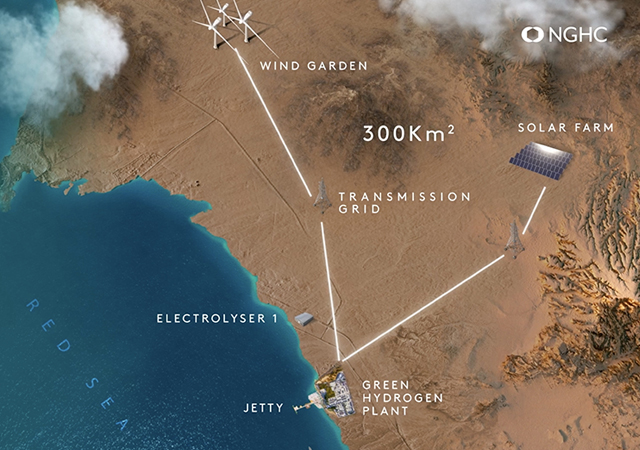

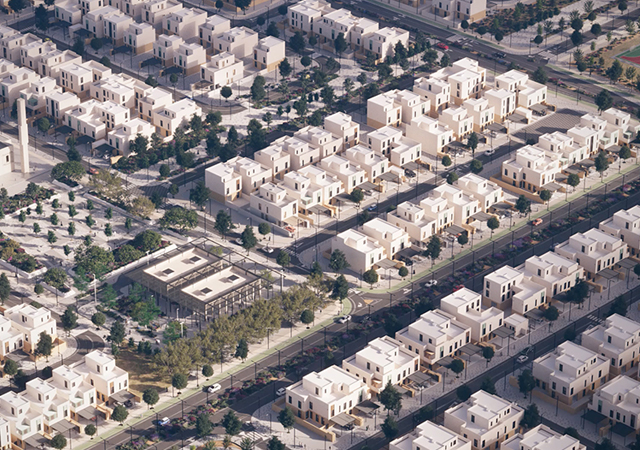


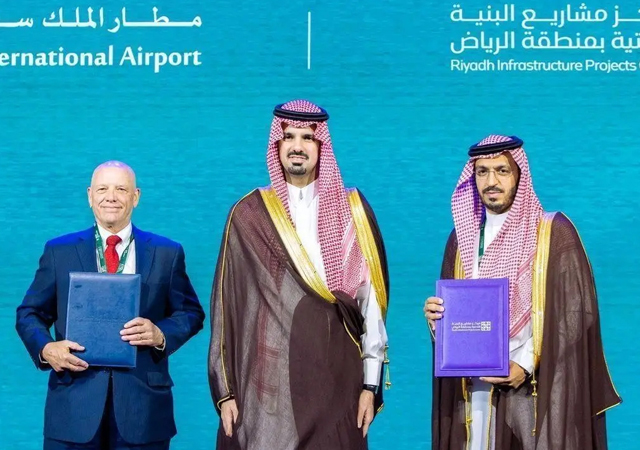

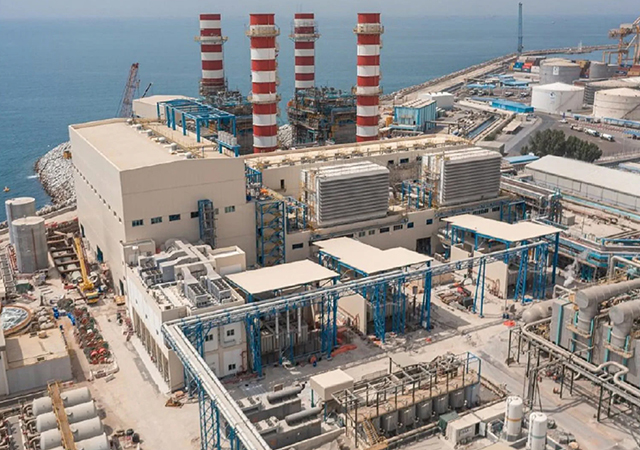


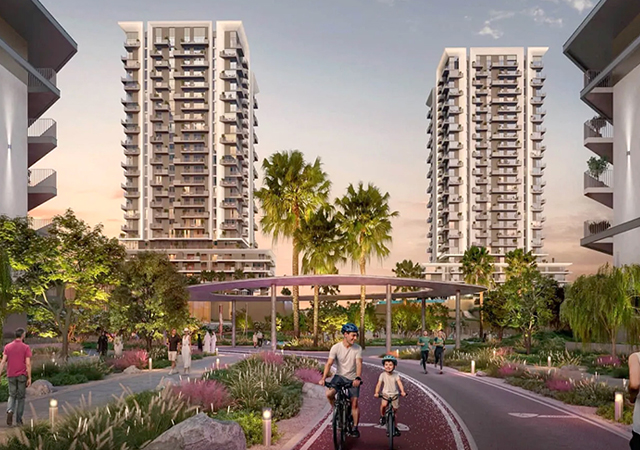







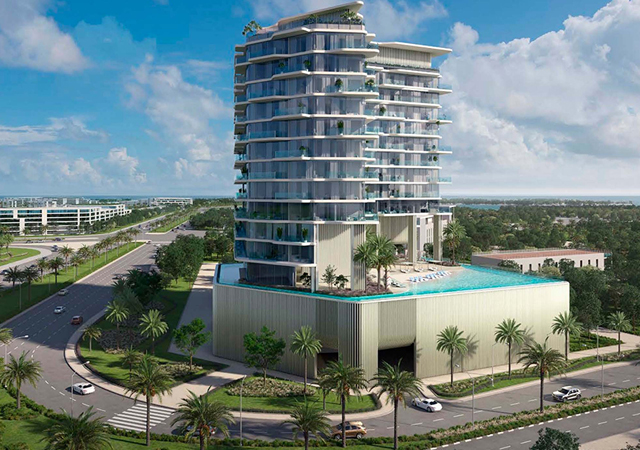


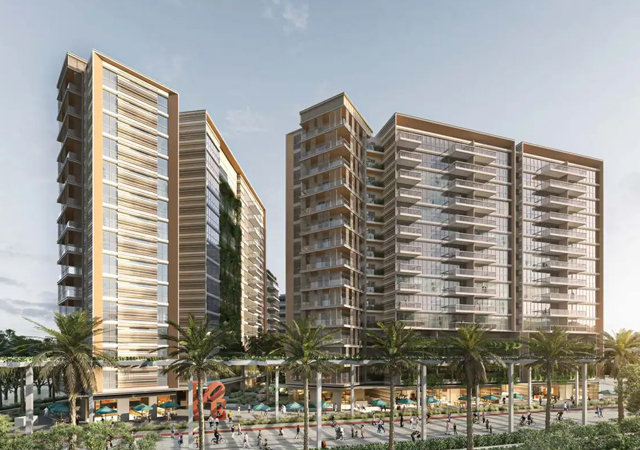

.jpg)



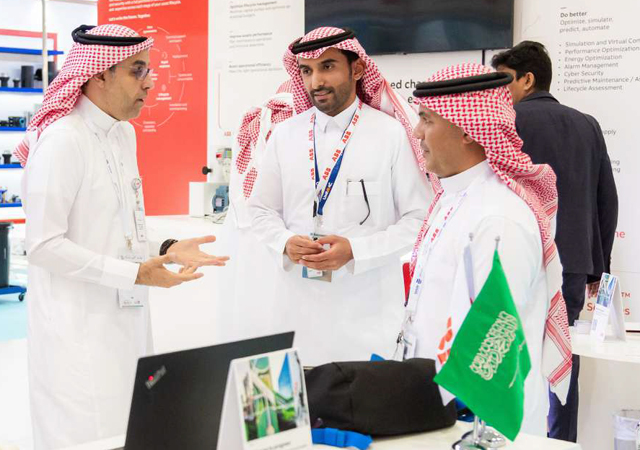
.jpg)


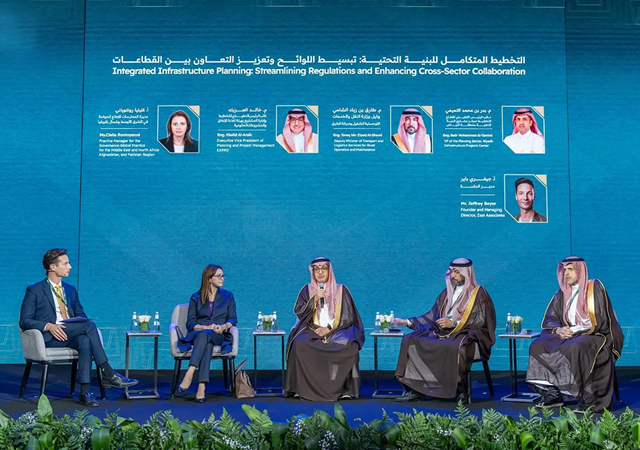
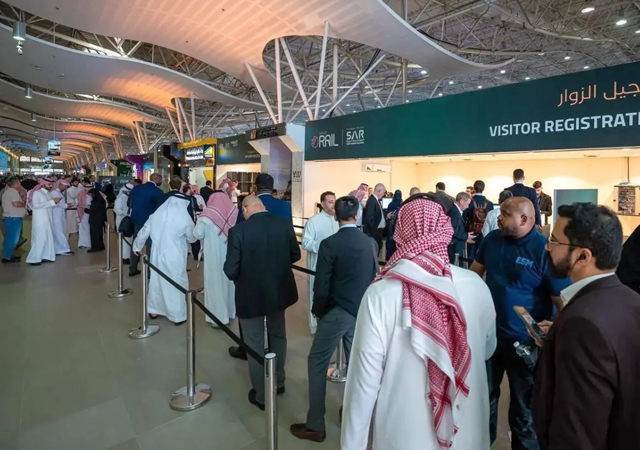

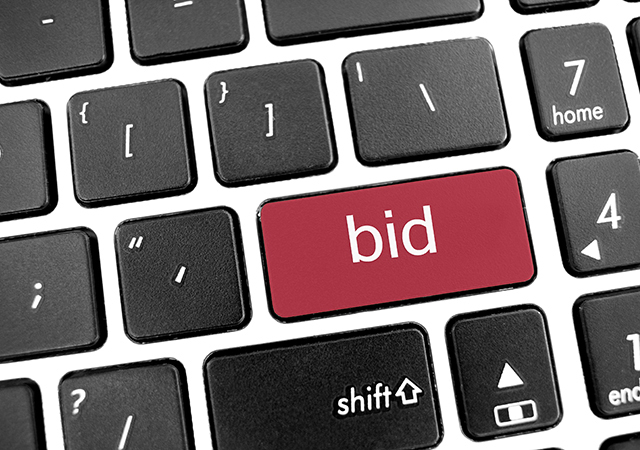
_Original.jpg)

